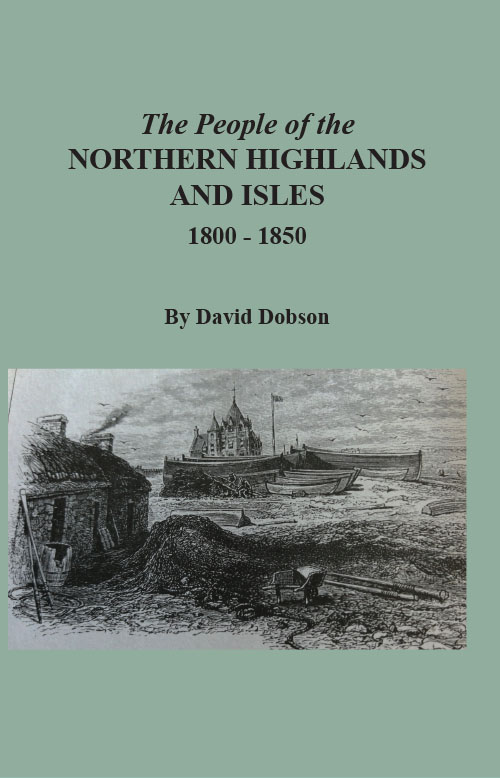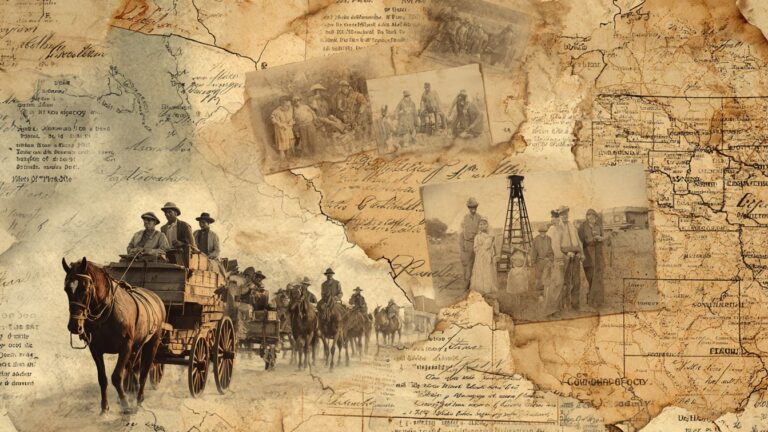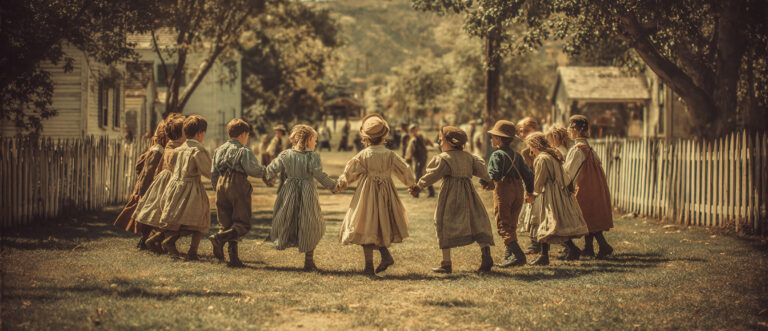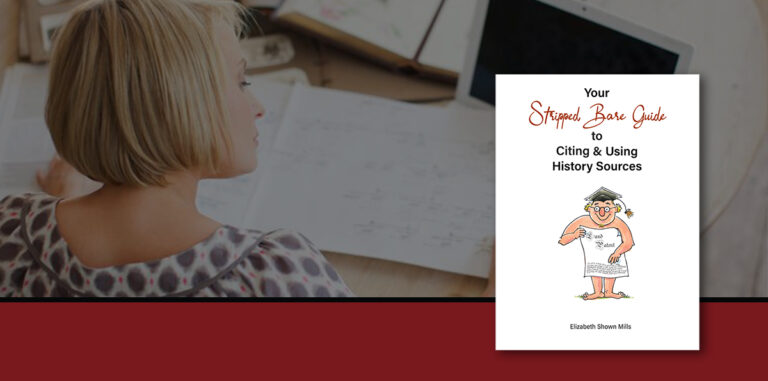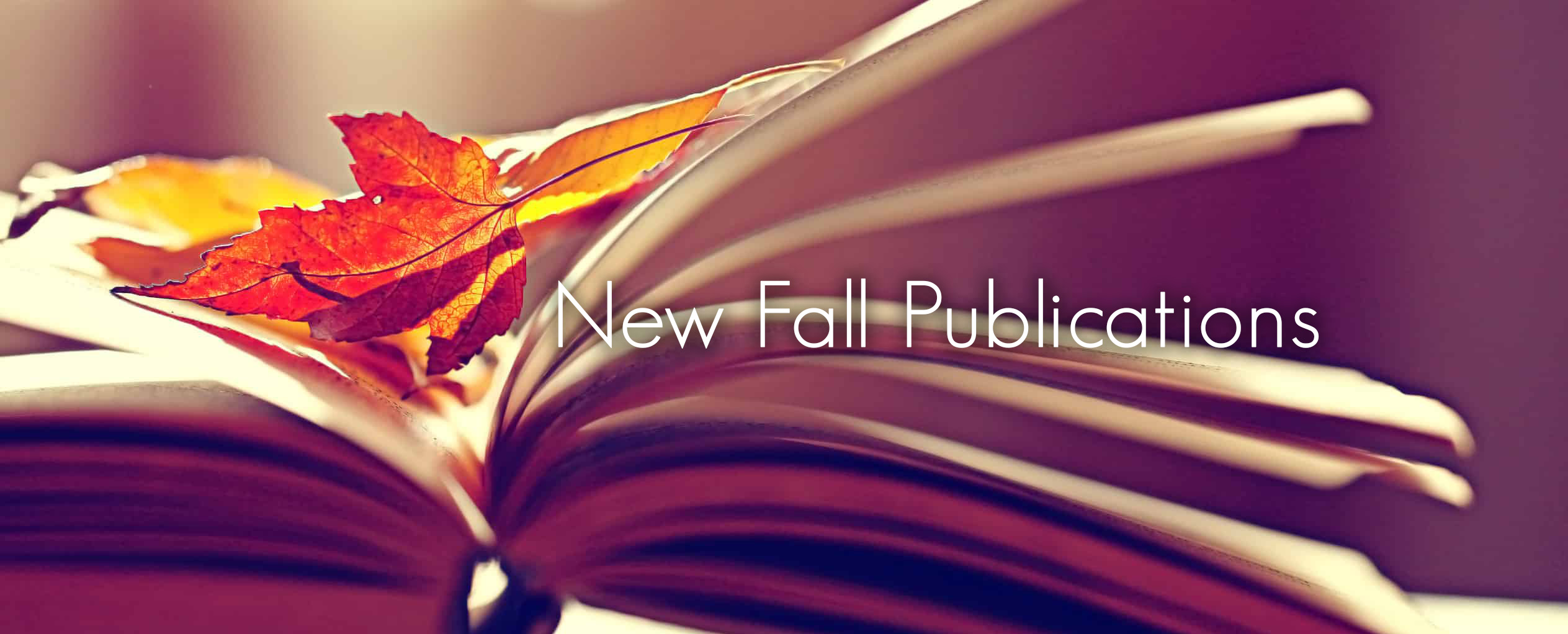
More New Fall Publications
In recent issues of “Genealogy Pointers,” we have written about Vera Miller’s second contribution to the “Genealogy at a Glance” series that covers the Ukraine. (Vera previously had written a similar guide to Russian research.) We also announced the second edition of Paul Heinegg’s Free African Americans of Maryland and Delaware From the Colonial Period to About 1810, the single-volume companion to his award-winning three-volume set covering the early free blacks of Virginia and the Carolinas.
Today we want to highlight four other new publications. These works contain potential clues for persons searching for New England, African-American, Maryland, and Scottish ancestry. Please read on for details:
“Can tell an ample Story,” New England Runaways, 1769-1773, by Joseph Lee Boyle
This work marks Joseph Lee Boyle’s third volume of colonial New England runaways, as identified in contemporary newspaper ads. (The first two volumes covered the period 1704-1754 and 1755-1768 respectively.) The majority of the individuals in this compilation are runaway servants and slaves, but a number are runaway apprentices, both men and women, military deserters, with horse thieves, counterfeiters, burglars, jail breakers, an occasional murderer, and other lowlifes represented, as well as quite a few allegedly errant spouses. In compiling the present work, Mr. Boyle examined 28 newspapers from New England to Maryland. Each ad conveys a number of details about the runaway and his/her master, including name and alias(es) of the runaway, physical description, personality quirks if any, location in New England (including the future states of Vermont and Maine), and where to contact the advertiser. View Book Details
African American News in the Baltimore Sun, 1870-1927, by Margaret D. Pagan
Founded in 1837, The Baltimore Sun published numerous articles characterizing local, national and international events relating to and impacting people of color. Beginning with the Reconstruction year of 1870, Margaret D. Pagan has performed the yeoman’s task of scouring the newspaper for all such accounts and summarizing their contents through 1927. To quote historian Donna T. Hollie, who wrote the Foreword to the compilation, “The author has selected articles for this publication which provide an expansive overview of experiences chronicling the African diaspora. For example, the reader will learn of the evolution of ‘Jim Crow,’ regarding housing and interstate travel. Also included are summaries covering sports, lynching, entertainment, and political, educational, economic and religious activities.” Genealogists searching for Baltimore connections will also appreciate that Mrs. Pagan has also included references to marriage license applicants and obituaries. The latter, of course, sometimes provide details about the decedent’s family and organizational connections. Among the more than 800 entries in this chronology, researchers will find references to James B. Parker, the African American who subdued Leon Czolgosz, President McKinley’s assassin; meetings of Baltimore’s Brotherhood of Liberty, the precursor to the Niagara Movement and founding of the NAACP; and efforts to install black teachers in Baltimore’s segregated schools for African Americans. View Book Details
Scottish Soldiers in Colonial America. Part Six, by Dr. David Dobson
By the mid-eighteenth century the British Government began to dispatch formal Scottish regiments, such as Fraser’s Highlanders, the Black Watch, and Montgomery’s Highlanders, to serve in America. The French and Indian War led to significant recruitment in Scotland, particularly in the Highlands, for service in America. In 1776, on the outbreak of the American Revolution, former soldiers who had received land grants were recalled for duty by the British Government. Following the Napoleonic Wars 1793 -1815, the British government strategically settled thousands of former British soldiers along the Canadian border. This book, which identifies upwards of 2,000 Scottish combatants, their units and places served in the Americas, is based on primary and published source material located in Scotland, London, Canada, the United States, and the West Indies, and likely marks the final instalment in this series. View Book Details
People of the Northern Highlands and Isles, 1800-1850, by Dr. David Dobson
This book contains references to people in the Northern Highlands of Scotland and the Northern Isles, at home and abroad, between 1800 and 1850. The counties concerned in the Northern Highlands are Ross and Cromarty, Sutherland and Caithness; and in the Northern Isles, the counties of Orkney and of Shetland—locations figuring largely in the Highland Clearances . The persons named were derived from primary sources such as court records, contemporary newspapers and journals, monumental inscriptions, and documents located in archives in the United Kingdom. On the whole, the entries bring together emigrants, their destinations, especially in North America and Australasia, and their kin who remained in Scotland. View Book Details




